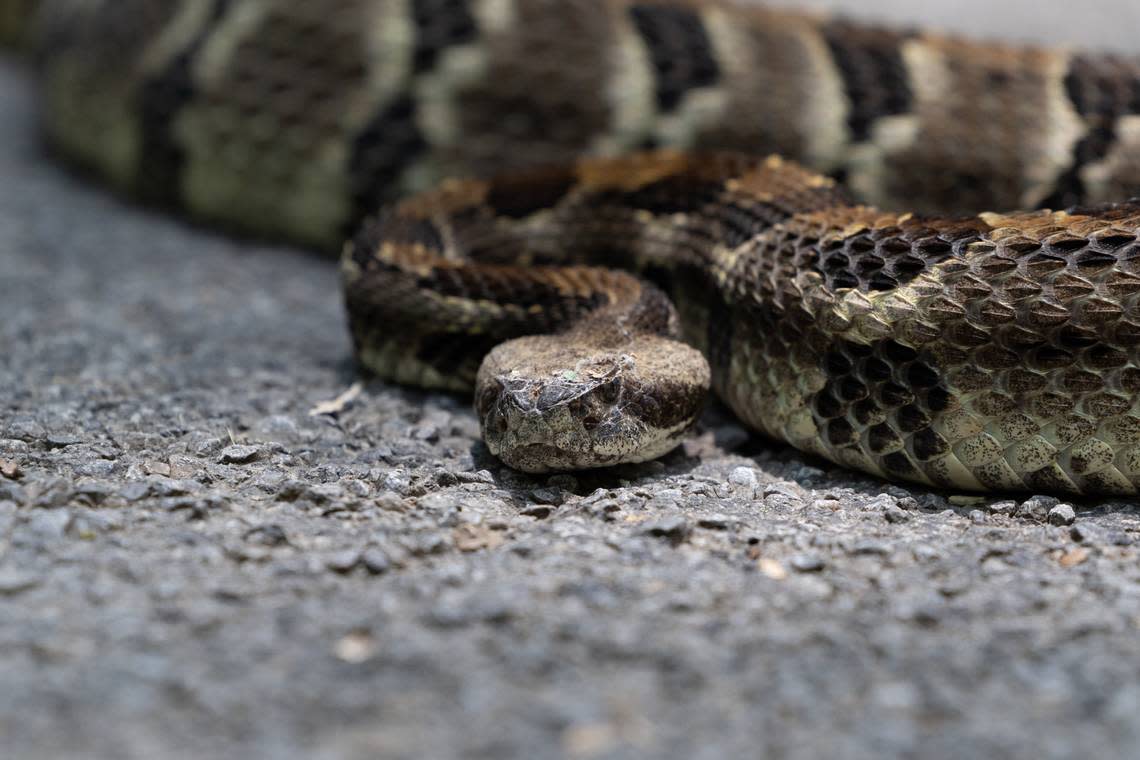Southern Illinois brewery forages, grows or locally sources ingredients for its earthy fare
An inside look at restaurants, businesses, landmarks and more around the metro-east. Share your tips and ideas at newsroom@bnd.com.
Somewhere along a long, remote road, about an hour’s drive of Belleville in Ava, lies Scratch Brewing Company, a James Beard-awarded, New York Times-ranked brewery and restaurant.
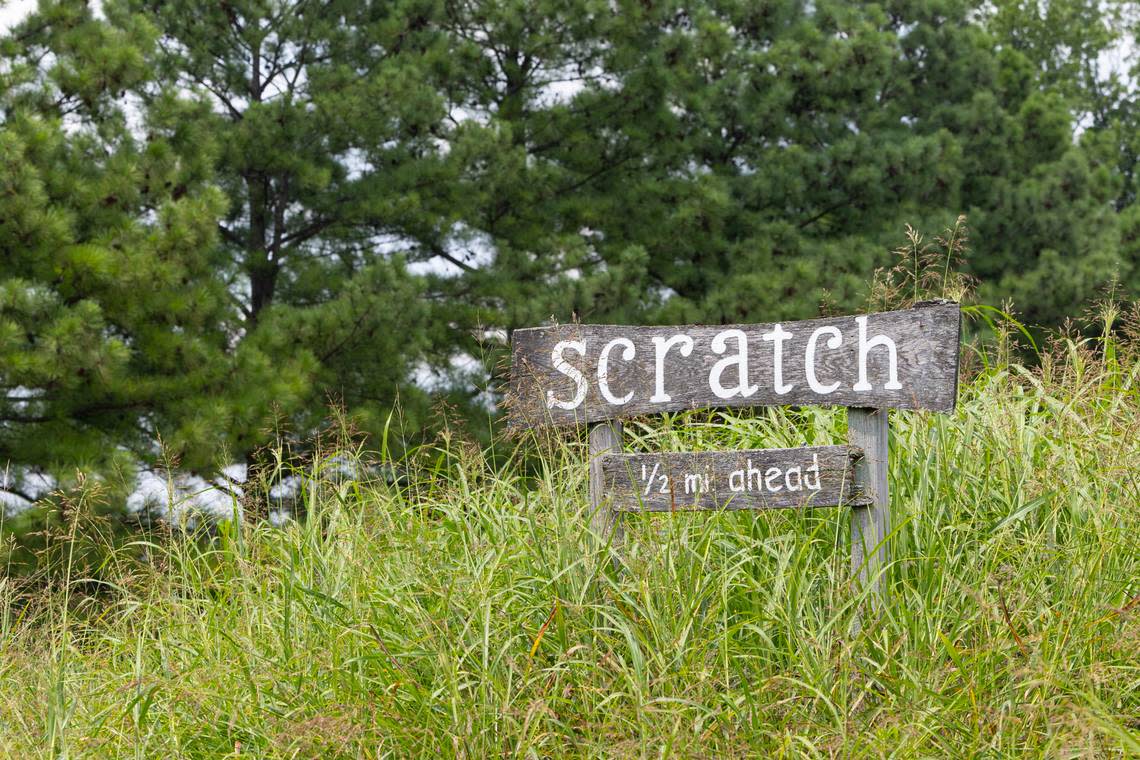
The footprint of of the brewery is minimal. The beers and food are made using local ingredients, all foraged, grown, or purchased from local farmers. There’s a bottling facility on-site, and the land that it sits on is rich with growing edibles both native and introduced.
“Everything we have is produced on site or by supporting local farmers,” said co-owner Marika Josephson. “We really do have a small footprint here.”
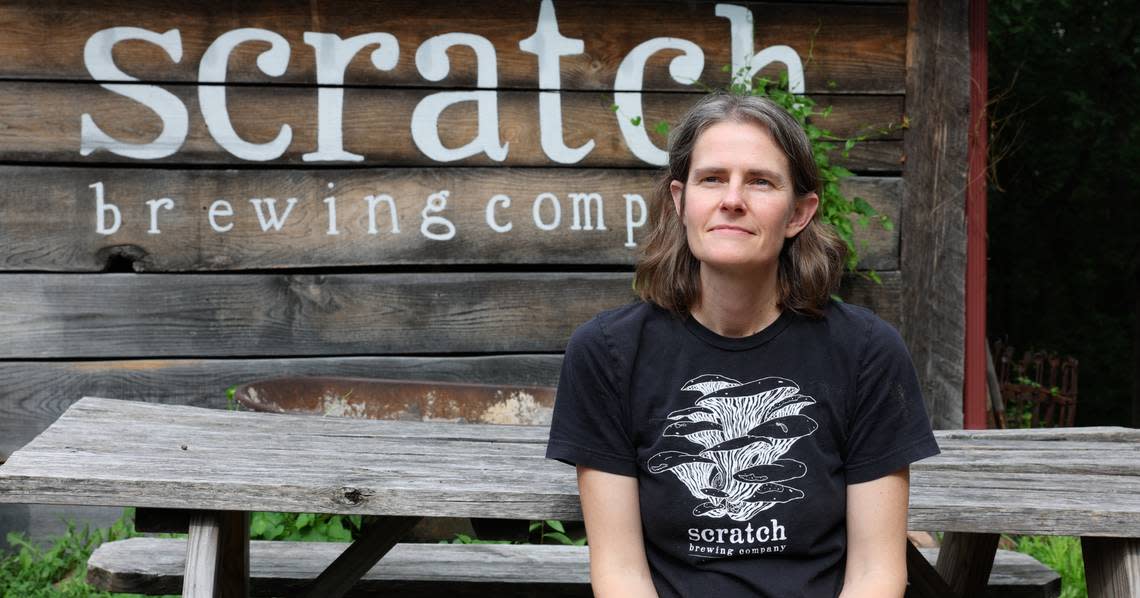
Beers with names like “carrots and dead leaves” dot the menu, and native plants like hickory leaves, maypop and persimmons find their way onto plates and into kegs.
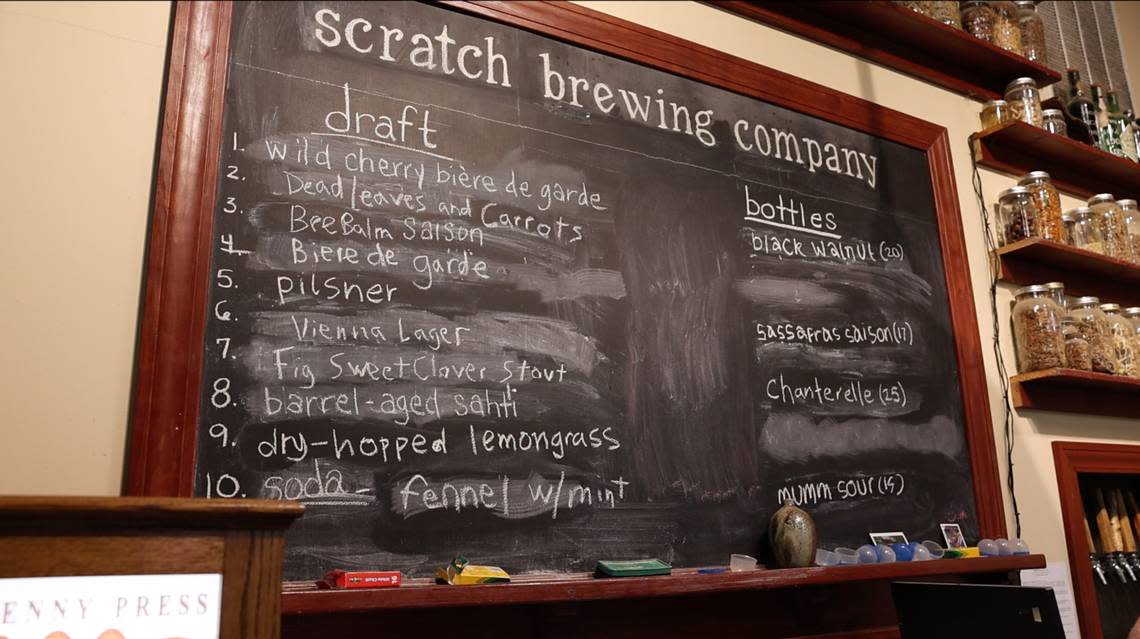
“We rely on a lot of books,” Josephson said. “Foraging guides, indigenous knowledge, things old settlers ate when they first came here.”
The rustic feel of the place is evident upon arriving at the property. Tall grasses and blooming flowers frame the “enter here” sign that marks the entrance. Fruit trees line the path leading down to where the restaurant sits at the edge of the woods.
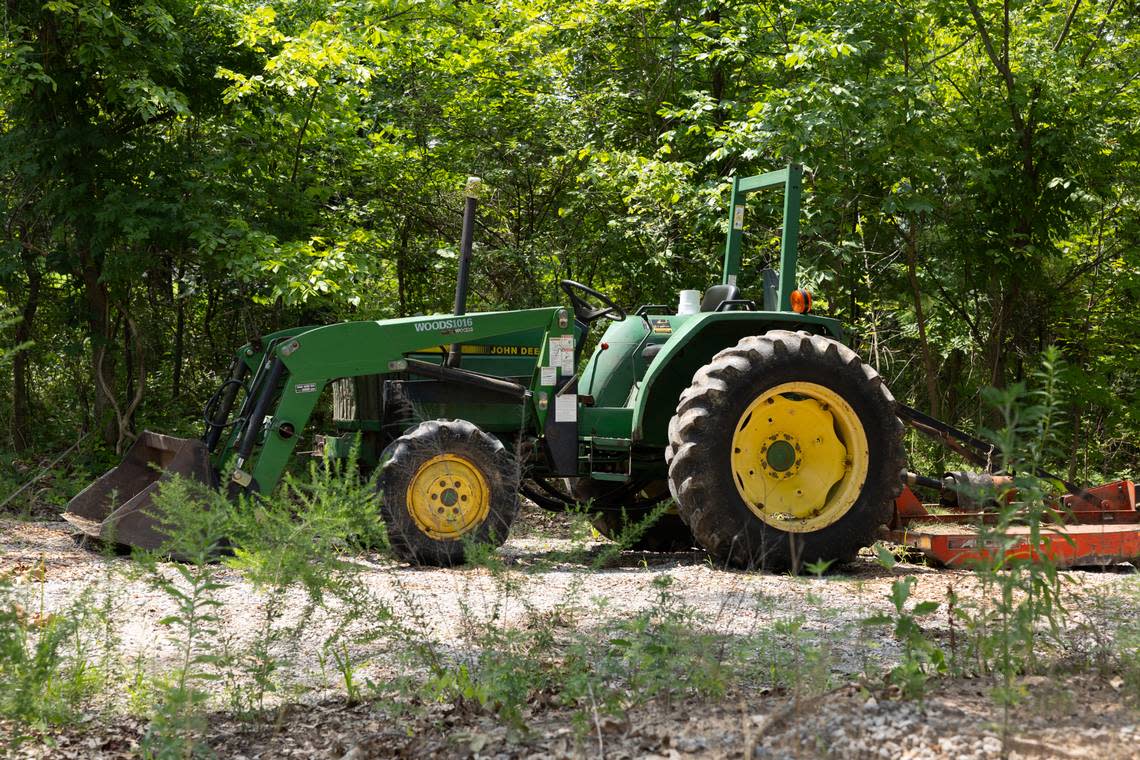
The wooden building, artistic yet rustic, is covered in local art, including photographs from Aaron Kleidon, the company’s other co-owner, who studied photography prior to opening the establishment with Josephson.
“We really didn’t know what we were doing at first,” Kleidon said. “We were just kind of homebrewers and we wanted to make it like the places we’d seen in our travels.”
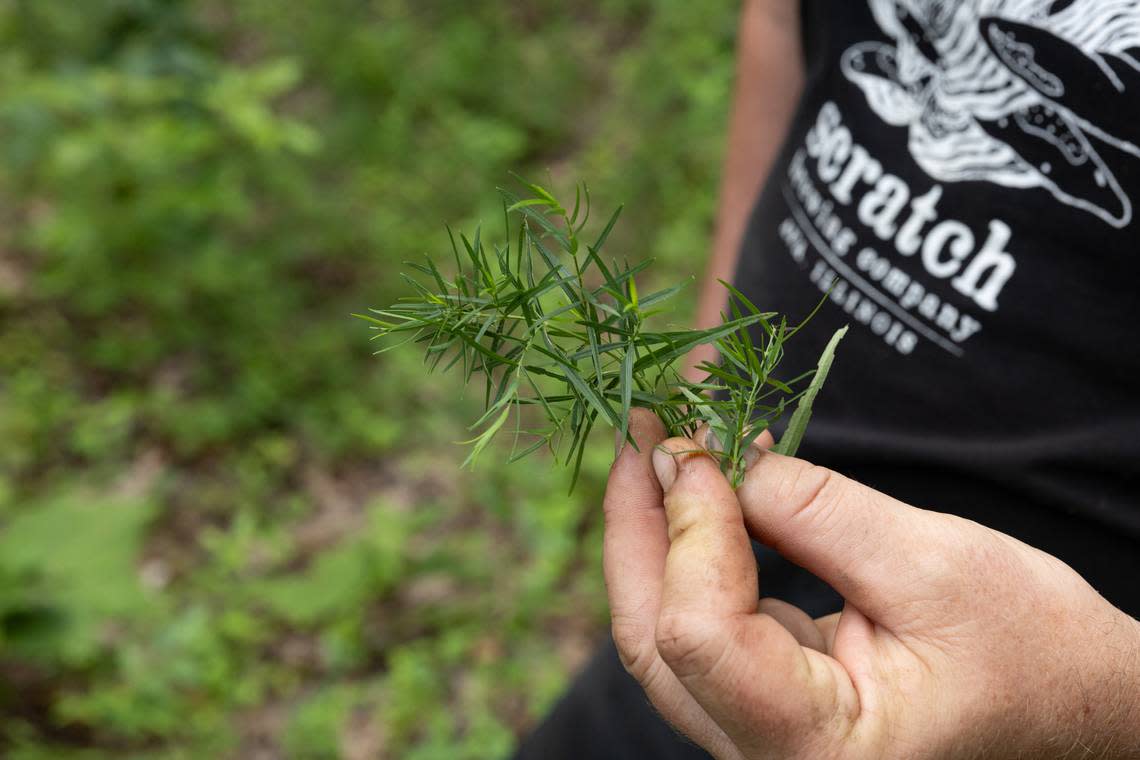
The first step was building the place. Unwilling to compromise their local values, the pair teamed up with family and friends and built the establishment by themselves, save for a few professional hands for things that require licensing, like plumbing and electrical.
“We looked all over trying to find the right place,” Josephson said, “but they fell through for one reason or another. Eventually we decided we should just do it on Aaron’s family land since it really is a special place.”
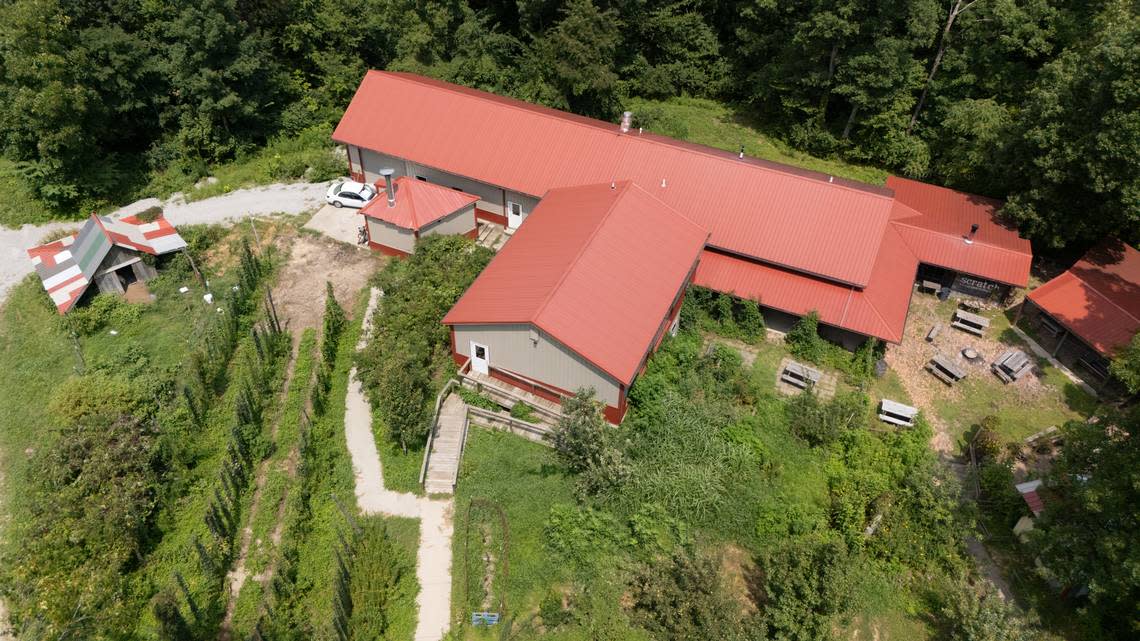
Fast forward a decade and the pair has added a separate building, a massive brewing vat, and dozens of trees. Many of which were grafted from other trees.
“When I see a plant that is producing pretty well or seems pretty resistant,” Kleidon said on the property’s trees, “I’ll get a clipping and try to graft it onto a similar one.”
One of these grafts comes from a pear tree from Dupo and said to be from French missionaries in the 18th century.
“I think this one branch is the oldest pear tree in the state of Illinois,” Kleidon said.
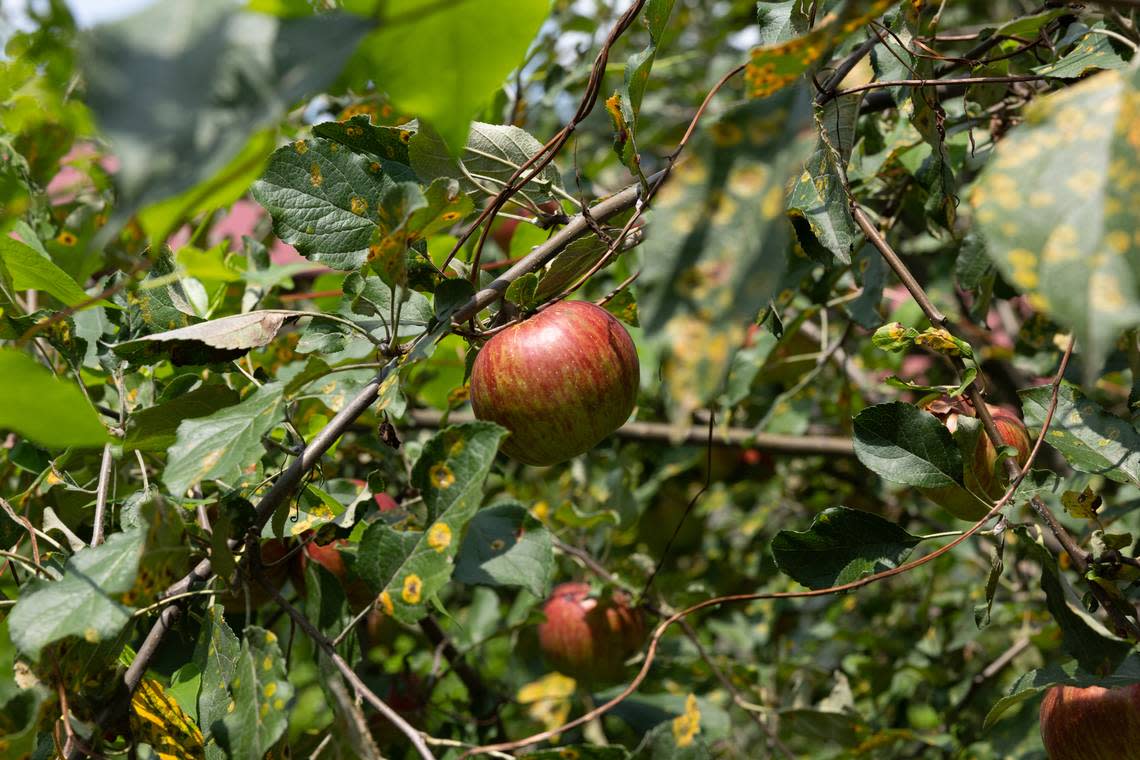
Scratch has three James Beard Awards for their beer and bar. Though a recent New York Times article cited them as having some of the best pizza in the United States, Josephson says their primary focus is the beer.
“We were home brewers and just wanted to make a place that showcased everything this place has to offer,” she said. “We experiment a lot with our beers.”
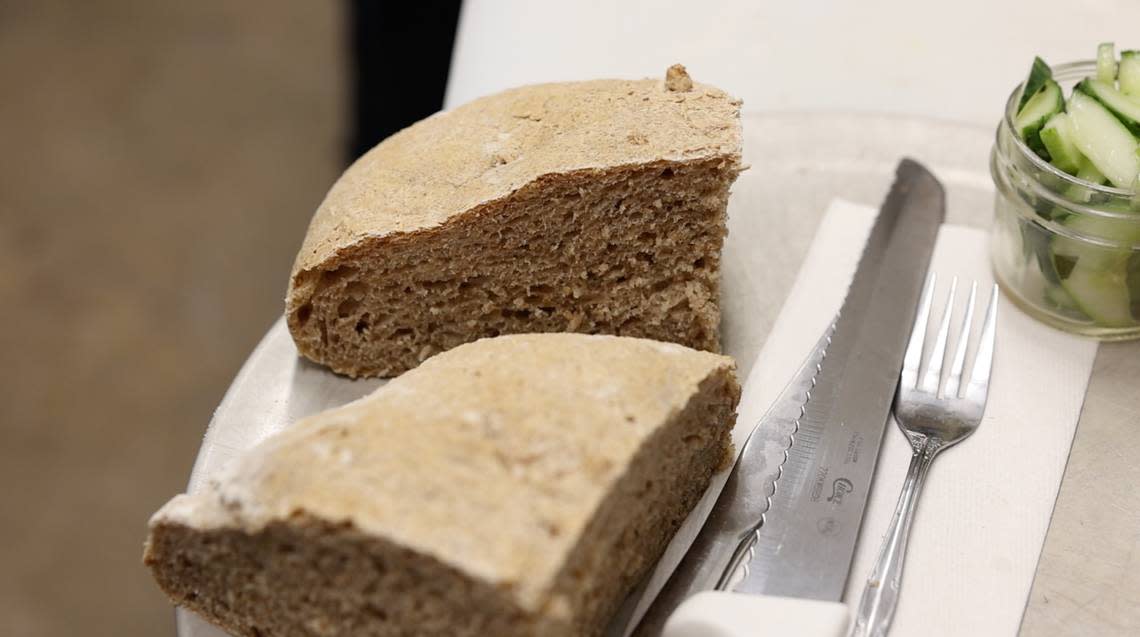
Scratch even released its own home brew guide for native foragers, “The Homebrewers Almanac.” Featuring photography from Kleidon and works from Josephson, the book has anything a Southern Illinoisan would need to know about brewing with native plants.
“Nobody has ever really brewed beer with these ingredients,” Josephson said. “What we’re trying to do here is really show off the terroir of Southern Illinois.”
